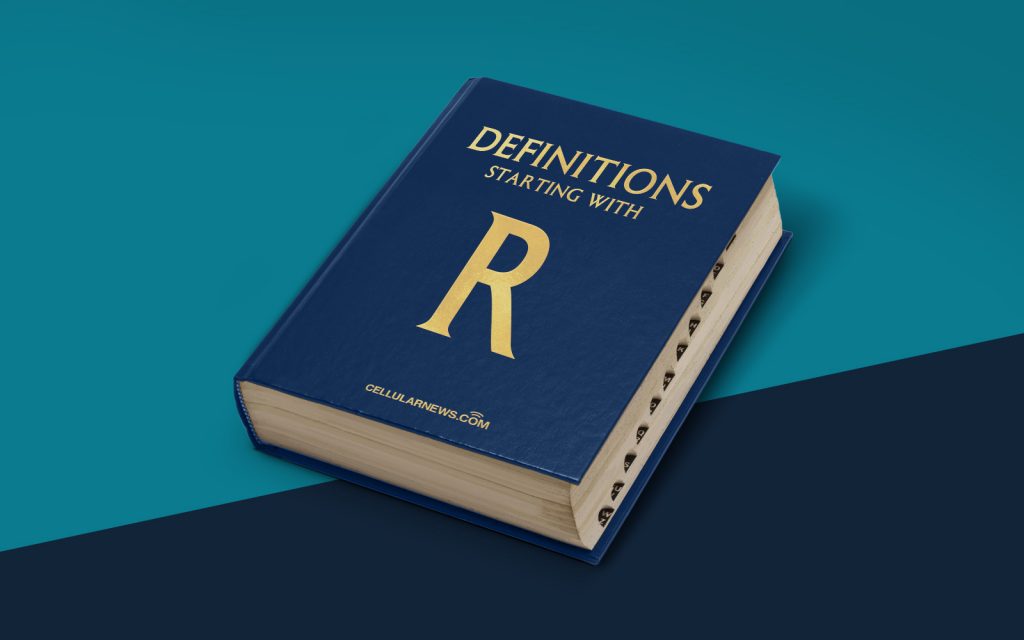
What is a Raster Image Processor (RIP)?
Welcome to the DEFINITIONS section of our blog, where we break down complex terms and concepts related to graphic design, printing, and technology. Today, we’re diving into the fascinating world of Raster Image Processors (RIPs).
But before we delve into the details, let’s answer the burning question: What is a Raster Image Processor?
A Raster Image Processor, commonly referred to as a RIP, is a crucial component in the world of digital printing. It plays a vital role in translating digital image files into print-ready formats. Essentially, it’s the bridge between your computer or digital device and the printing press.
Key Takeaways:
- A Raster Image Processor (RIP) is a crucial component in digital printing.
- It translates digital image files into print-ready formats.
So, how does a RIP actually work? Let’s break it down into simple steps:
- Rasterization: When you send a document or image to be printed, the RIP converts the vector-based data (lines, curves, and text) into a raster image composed of tiny dots known as pixels. This process is called rasterization.
- Halftoning: Once the image is rasterized, the RIP applies a process called halftoning. This technique converts continuous-tone images into a series of dots, known as halftone dots, which are different in size or spacing to create the illusion of different tones and colors.
- Color Management: Another critical step in the RIP’s workflow is color management. It ensures that the colors in the digital file accurately match the colors that will be produced on the printed page. The RIP takes into account various factors such as color profiles, ink limitations, and printing conditions to ensure accurate color reproduction.
- PostScript Processing: RIPs are often equipped with PostScript interpreters, allowing them to accurately interpret PostScript language commands commonly used in digital printing. This enables seamless compatibility with various file formats, including those generated by design software like Adobe Photoshop and Illustrator.
With its intricate processes and precise calculations, a Raster Image Processor is an indispensable tool in the world of digital printing. It ensures that your digital artwork, advertisements, and documents appear as stunning, vibrant, and accurate as intended.
Now that you are familiar with the intricate world of Raster Image Processors (RIPs), we hope you have a better understanding of how these behind-the-scenes technologies contribute to the creation of beautiful print materials.
Stay tuned for more insightful definitions in our DEFINITIONS category, where we unravel the mysteries behind essential terms and concepts in the graphic design and printing industry.
